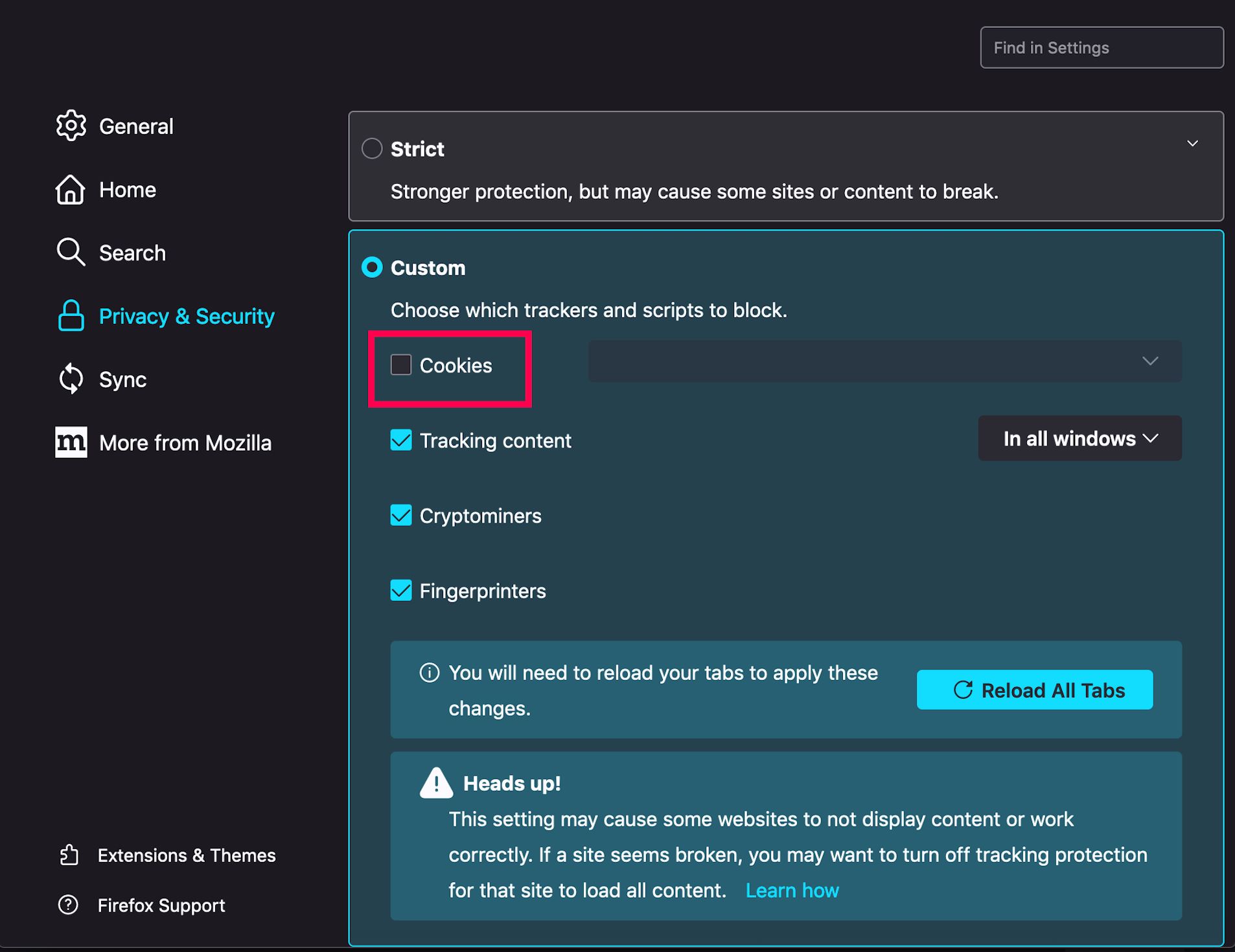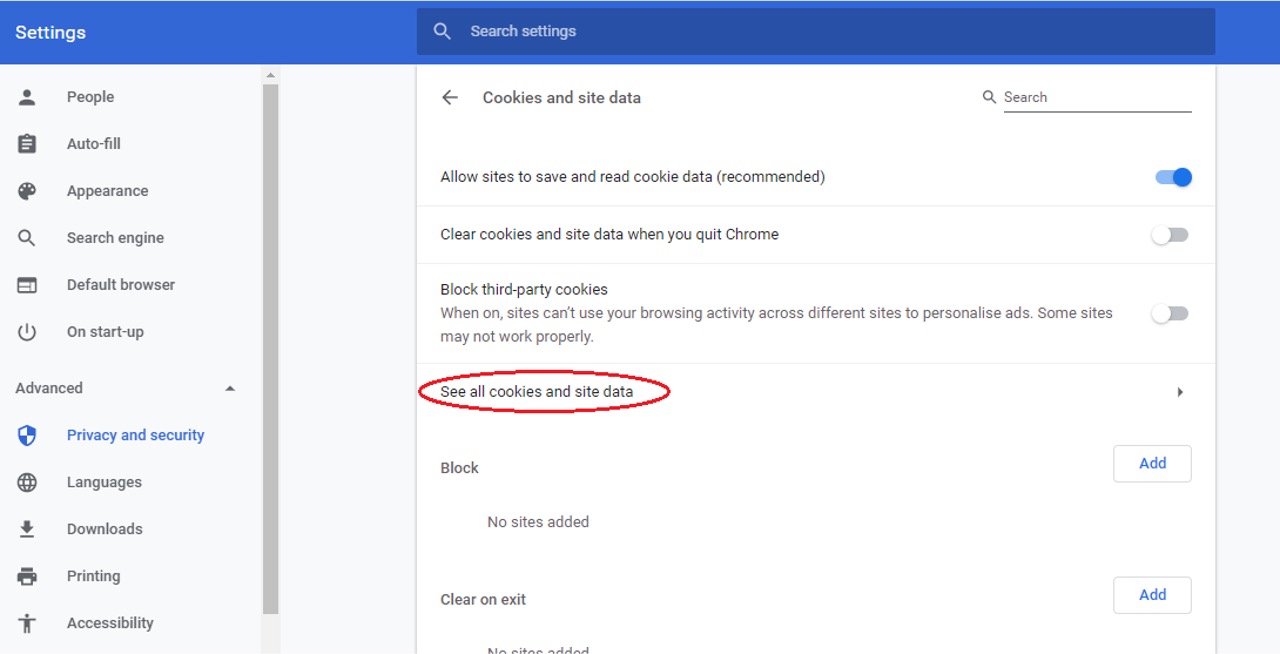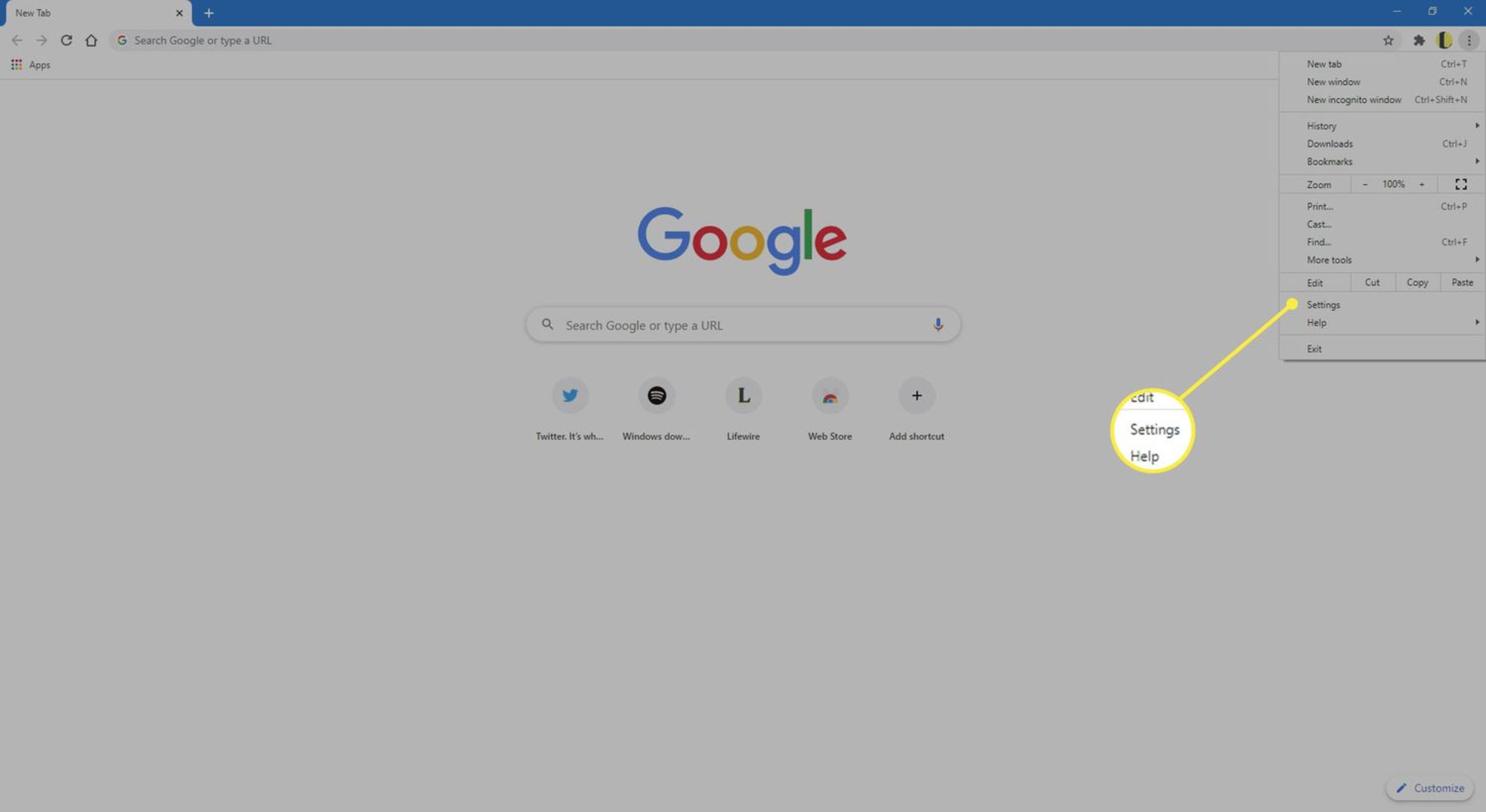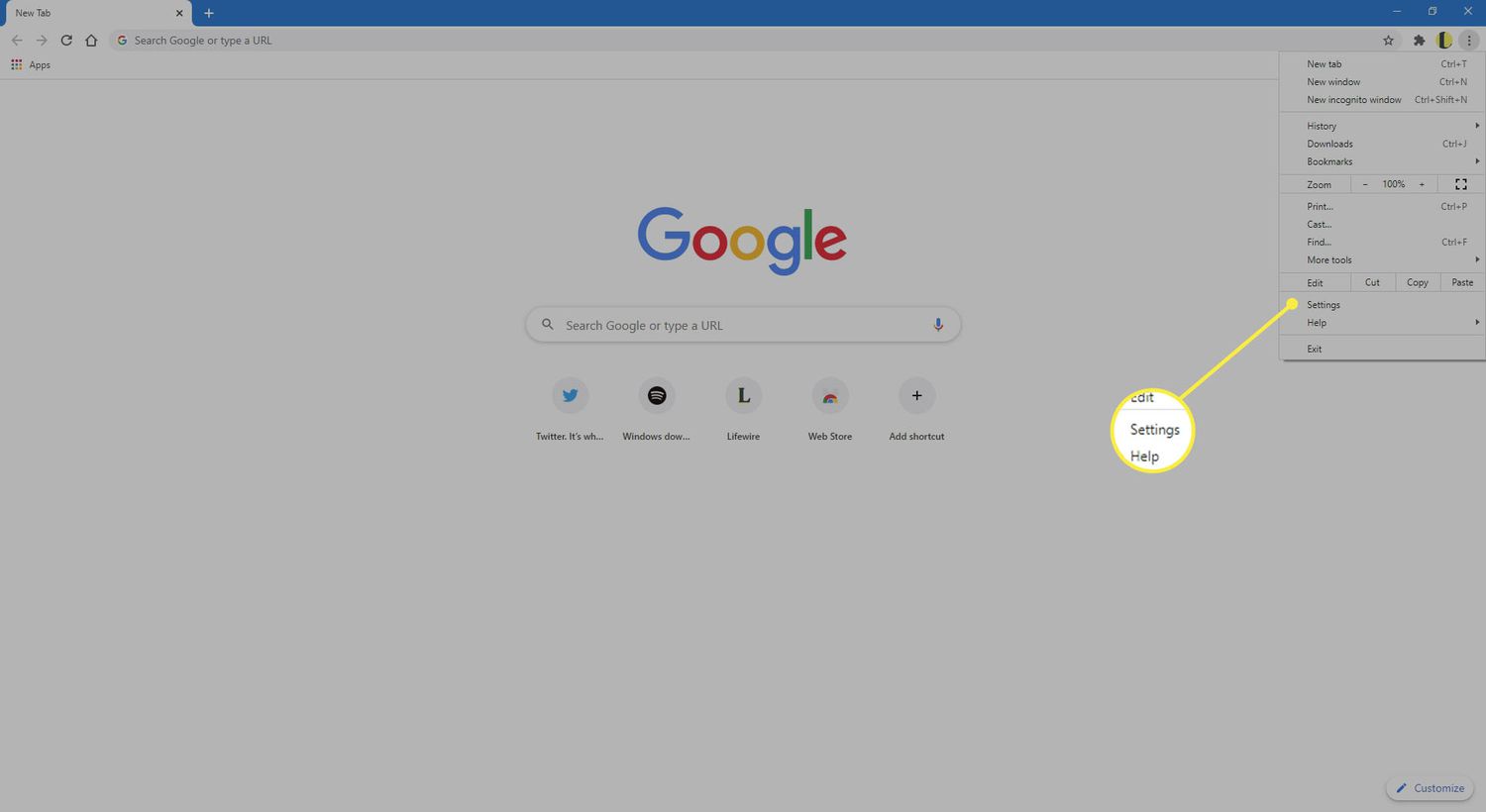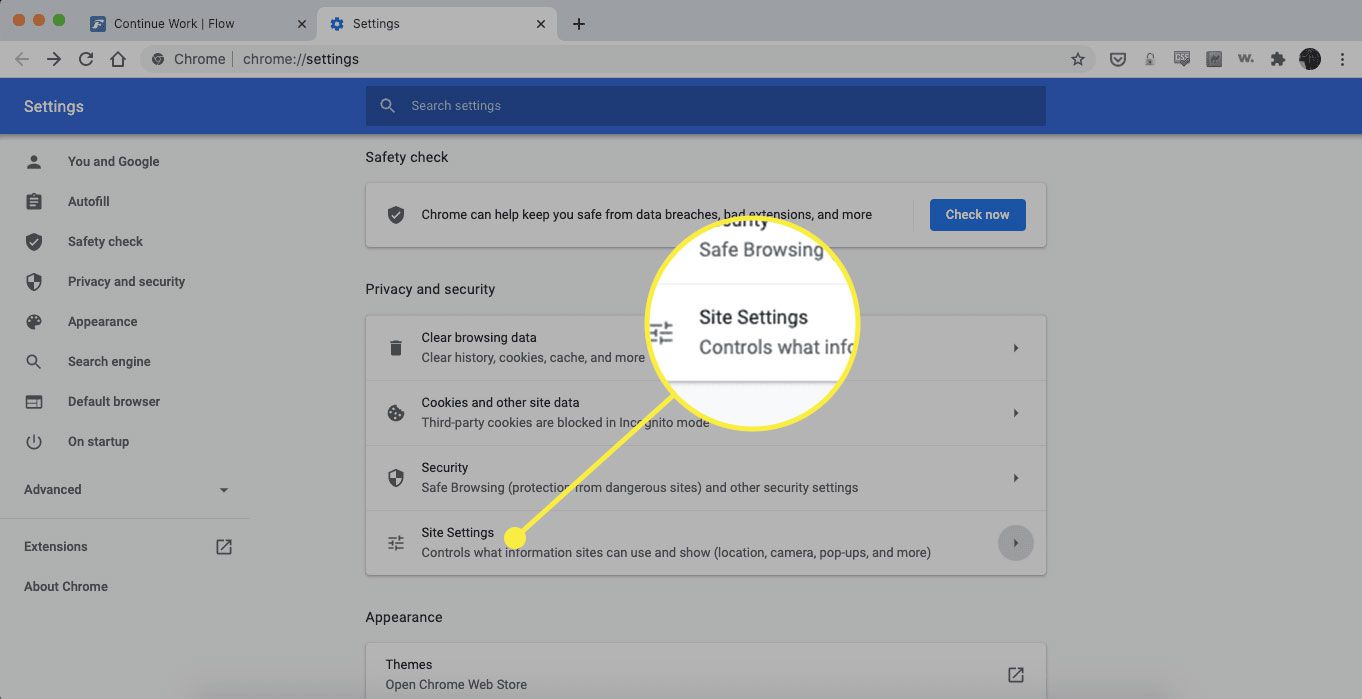Introduction
In today's digital age, web browsers have become an integral part of our daily lives, serving as gateways to a vast array of online content and services. Among the multitude of features and settings that browsers offer, the handling of cookies plays a crucial role in shaping our online experiences. Cookies, small pieces of data stored on our devices by websites, serve various purposes, including remembering login credentials, personalizing content, and tracking user behavior. While first-party cookies are created by the website you are currently visiting, third-party cookies are generated by domains other than the one in the address bar.
The focus of this article is on enabling third-party cookies specifically in the Google Chrome browser. This process involves adjusting the browser's settings to allow third-party cookies, which can enhance the functionality of certain websites and services. By understanding how to enable third-party cookies in Chrome, users can ensure a smoother and more seamless browsing experience across a wide range of platforms and applications.
In the following sections, we will delve into the reasons why enabling third-party cookies can be beneficial, explore the step-by-step process of enabling them in Chrome, and provide insights into the implications of this setting. Whether you are a casual internet user or a seasoned web enthusiast, having a comprehensive understanding of how to manage cookies in your browser empowers you to make informed decisions about your online privacy and browsing preferences. Let's embark on this journey to uncover the intricacies of enabling third-party cookies in Chrome and the impact it can have on your browsing experience.
Why Enable Third Party Cookies?
Enabling third-party cookies in your web browser can significantly enhance your online experience in several ways. Here are some compelling reasons why you might want to consider enabling third-party cookies:
-
Seamless Cross-Site Functionality: Many websites rely on third-party cookies to provide seamless integration with external services and platforms. Enabling third-party cookies allows these websites to interact more effectively with third-party domains, ensuring that features such as embedded multimedia content, social media integration, and personalized advertisements function as intended.
-
Personalized Content and Recommendations: Third-party cookies play a pivotal role in delivering personalized content and recommendations across various websites. By enabling these cookies, users can benefit from tailored experiences, including personalized product recommendations, targeted advertisements, and content suggestions based on their browsing behavior and preferences.
-
Enhanced User Authentication: Enabling third-party cookies can streamline the process of user authentication and authorization across different websites and services. This can be particularly beneficial for users who frequently access platforms that rely on third-party authentication providers, such as social media logins or single sign-on solutions.
-
Improved Analytics and Tracking: Many website operators utilize third-party cookies to gather valuable insights into user behavior, preferences, and interactions across multiple domains. By enabling these cookies, users contribute to the generation of comprehensive analytics data, which can help website owners refine their content, optimize user experiences, and make informed business decisions.
-
Optimized E-Commerce Experiences: Third-party cookies are instrumental in facilitating smooth e-commerce transactions and enhancing the functionality of online shopping platforms. Enabling these cookies can enable features such as persistent shopping carts, personalized product recommendations, and streamlined checkout processes, ultimately improving the overall e-commerce experience for users.
-
Access to Integrated Services: Enabling third-party cookies can grant users access to integrated services and functionalities offered by third-party providers. This includes features such as embedded maps, video players, social media widgets, and other interactive elements that rely on third-party cookies to deliver seamless integration and functionality.
By understanding the potential benefits of enabling third-party cookies, users can make informed decisions about their browser settings and optimize their online experiences. However, it is essential to balance these advantages with considerations related to privacy, security, and data tracking, which are crucial aspects to be mindful of when managing cookie settings in web browsers.
How to Enable Third Party Cookies in Chrome
Enabling third-party cookies in the Google Chrome browser involves adjusting specific settings to allow these cookies to be stored and accessed by websites other than the one currently being visited. Here's a step-by-step guide to enable third-party cookies in Chrome:
-
Access Chrome Settings: Begin by opening the Chrome browser on your computer or mobile device. Click on the three-dot menu icon located in the top-right corner of the browser window to access the main menu.
-
Navigate to Privacy and Security Settings: From the menu, select "Settings" to open the Chrome settings interface. Scroll down and click on "Privacy and security" in the left-hand navigation pane to access the privacy and security settings.
-
Manage Cookies and Site Data: Within the "Privacy and security" section, locate and click on "Cookies and other site data." This will allow you to manage the cookie settings for websites visited in Chrome.
-
Enable Third-Party Cookies: In the "Cookies and other site data" settings, you will find the option to "Block third-party cookies." By default, this option may be enabled to enhance privacy and security. To enable third-party cookies, toggle the switch to turn off the blocking of third-party cookies.
-
Confirm Changes: Once you have enabled third-party cookies, Chrome will automatically save the updated settings. You can then close the settings tab and continue browsing the web.
-
Considerations and Best Practices: It's important to note that enabling third-party cookies may impact your online privacy and data tracking. It's advisable to consider the implications of allowing third-party cookies and to review the privacy policies of websites you visit. Additionally, regularly clearing your browsing data, including cookies, can help manage your online footprint and enhance privacy.
By following these steps, users can enable third-party cookies in the Chrome browser, allowing websites to store and access cookies from third-party domains. This can enhance the functionality and integration of various online services and platforms, providing a more seamless and personalized browsing experience.
It's worth noting that while enabling third-party cookies can offer benefits such as personalized content, integrated services, and enhanced functionality, users should remain vigilant about their online privacy and security. Being mindful of cookie settings and understanding their implications empowers users to make informed decisions about their browsing preferences and privacy management in the digital realm.
Conclusion
In conclusion, the process of enabling third-party cookies in the Google Chrome browser can significantly impact the browsing experience of users. By allowing websites to store and access cookies from third-party domains, users can benefit from enhanced functionality, seamless integration of services, and personalized content recommendations. However, it's essential to approach cookie management with a balanced perspective, considering the implications for privacy, security, and data tracking.
Enabling third-party cookies empowers websites to deliver personalized experiences, streamline e-commerce transactions, and integrate third-party services seamlessly. This can result in tailored content recommendations, optimized e-commerce experiences, and access to integrated services such as embedded multimedia, social media widgets, and interactive elements. Additionally, enabling third-party cookies contributes to comprehensive analytics data, enabling website owners to refine their content, optimize user experiences, and make informed business decisions.
Despite the potential benefits, it's crucial for users to be mindful of the privacy and security considerations associated with enabling third-party cookies. Understanding the implications of allowing third-party cookies and reviewing the privacy policies of websites visited are essential steps in maintaining online privacy. Regularly clearing browsing data, including cookies, can also help manage online footprints and enhance privacy.
By following the step-by-step guide to enable third-party cookies in Chrome, users can make informed decisions about their browsing preferences while being mindful of their online privacy and security. Striking a balance between leveraging the benefits of third-party cookies and safeguarding personal data is key to navigating the digital landscape effectively.
In essence, the ability to enable third-party cookies in Chrome provides users with the flexibility to tailor their browsing experiences while being cognizant of the potential impact on privacy and security. By understanding the intricacies of managing cookie settings and their implications, users can navigate the online realm with greater awareness and control, ultimately shaping their digital experiences in a way that aligns with their preferences and values.










